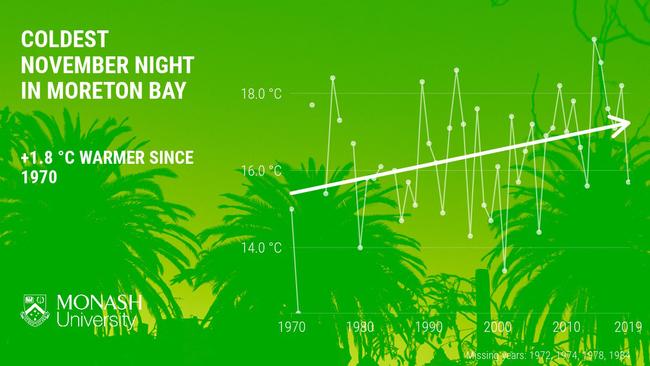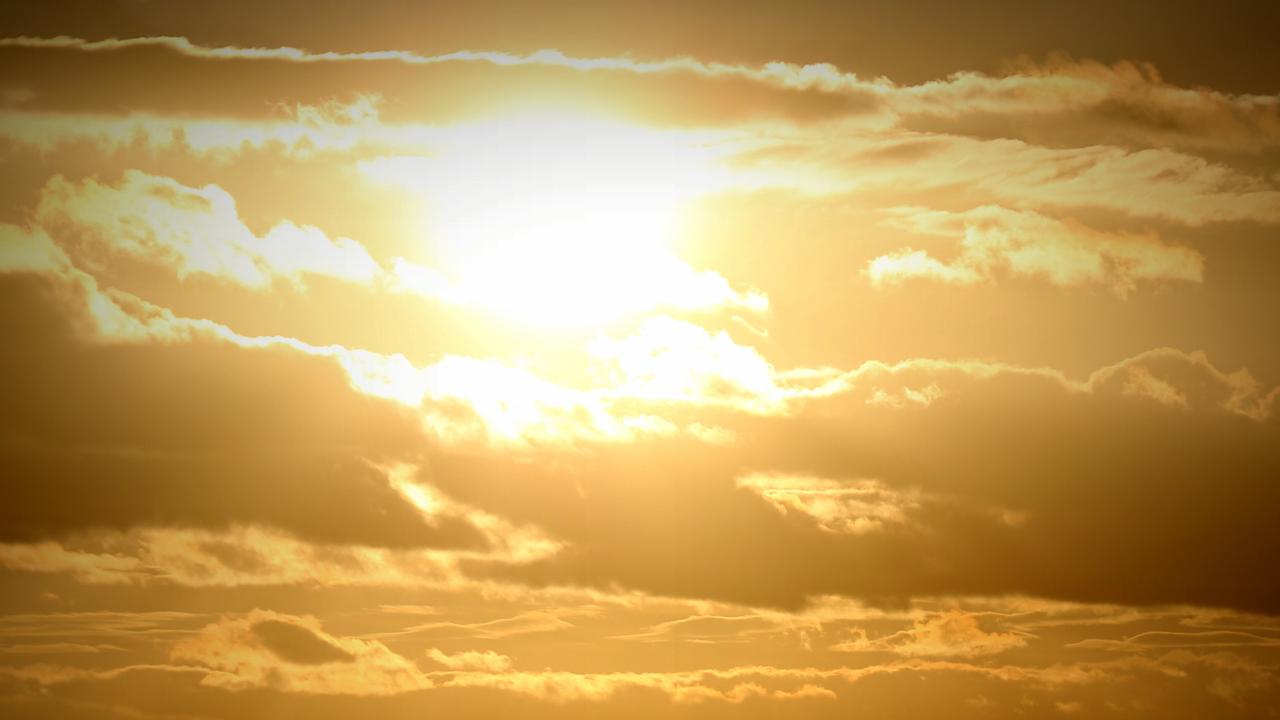Weather bureau latest: weekend forecast brings more mild temperatures for Moreton Bay
Dr Christa Pudmenzky discusses this weekend's forecast and Moreton Bay's November climate. Plus, Northey Street City Farm explains the effect of extreme heat on food production.

HyperLocal
Don't miss out on the headlines from HyperLocal. Followed categories will be added to My News.
Another warm weekend is in store for Moreton Bay, with temperatures in the mid-20s and a very high UV rating.
This is good news for the sunshine lovers amongst us, but if you want some relief from the heat, you are out of luck.
Even the coldest day of the month isn't as cool as it used to be.
These days, the coldest day each November is typically around 23.5 degrees, one degree warmer than it was 50 years ago.
Similar warming trends can be seen across southeast Queensland.
Voices from your community
Northey Street City Farms's education and support team leader, Veronica Martin discussed the challenges increasing heat bring to food production.
"I think we can safely say it's hotter than it used to be, we can also say we've been in a huge drought which has impacted on us," she said.
"It's been really hot so we've had to do things like reducing the amount of physical labour that we're doing outdoors, particularly in the afternoons.
"We also have a big focus on local food production and reducing food miles and trying to reduce transport costs by encouraging people to grow in the city."
Because of the increasing temperatures, Northey Street City Farm have extended their tropical growing season to cover spring and autumn; the European crops which used to be grown then are now unable to withstand temperatures outside winter.
Community voices like Veronica's tell us how residents and business owners in Moreton Bay feel about their local climate. If you would like to contribute your voice to our column, you can fill out our 5-minute survey here.
Did you know?
Cities create their own microclimate known as urban heat island effect.
Urban areas become significantly warmer than surrounding areas because there is less green cover and more hard surfaces that absorb, store and radiate heat, like roads and concrete.
As a result, Brisbane can be several degrees warmer than surrounding areas, particularly at night.
Dr Christa Pudmenzky is a climate scientist at the University of Southern Queensland.
This column is part of a collaboration between Monash University and News Corp to deliver hyperlocal weather and climate information.
Questions? You can email us at mcccrh@monash.edu


